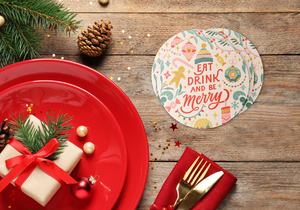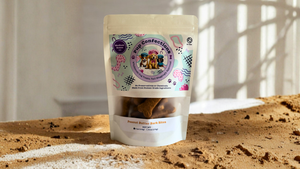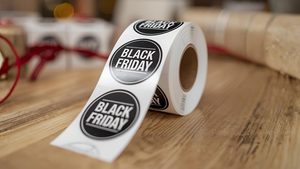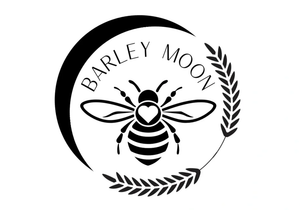What’s in a Label: TTB Whiskey Label Requirements Explained

Whiskey reigns supreme when it comes to versatility. You can sip it straight or mix it into classic cocktails like an old fashioned or manhattan. No wonder the market for craft whiskey is booming! But as the popularity of whiskey drinks grows, so too does the need for clear and compliant labeling.
The Alcohol and Tobacco Tax and Trade Bureau (TTB) keeps tabs on all things alcohol in the U.S. Its liquor label requirements help keep consumers informed about what they're drinking. By adhering to these guidelines, you can stay compliant and honor the traditions that make whiskey such a beloved beverage. It’s a win-win!
Now, let’s make sure your label doesn’t get shaken or stirred by legal woes.

Whiskey and COLA: A Classic Combo
The only thing better than a glass of whiskey? A whiskey with COLA — but we’re not talking about the soda. We’re talking about a certificate of label approval (COLA), which is required to sell your spirits across state lines.
A COLA requires you to include certain information on your label to provide transparency to consumers and ensure your product meets TTB standards. You can submit your COLA application online, which should include your completed label design. This process typically takes a few days, or sometimes up to several weeks.
If you’re keeping distribution closer to home (i.e., within your same state), the rules you have to follow might not be as strict. But while your state laws might not decree an official COLA certification, they’ll likely require your label to include much of the same info.
The bottom line? It’s better to be safe than sorry when it comes to compliance. Snag a COLA certification no matter where you plan to sell your spirits—it will put you in the clear (legally) and set you up for online sales stardom.
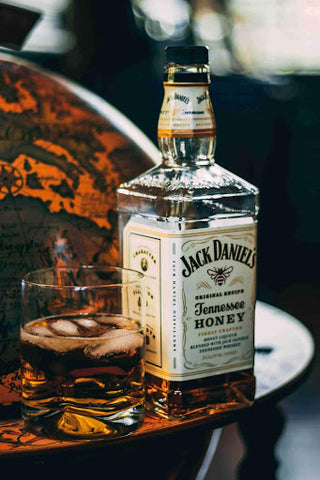
COLA Requirements for Whiskey Explained
Now, let's talk shop about what exactly the TTB wants to see on your whiskey label. It provides a handy checklist of info required for whiskey labels, but here’s a quick overview:
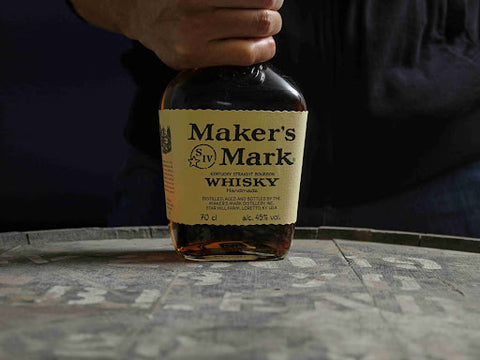
Regulations for Whiskey Label Design
Designing your whiskey label involves a meticulous blend of art and law. Here’s how to keep your label eye-catching while also coloring within the lines of TTB legal compliance:
1. Label With Legibility
The size of your text is the key to label legibility. You’re required to use a minimum font size of 1mm per character for those smaller bottles of ½ pint or less, and 2mm for anything bigger.
While not legally required, you should also avoid overly decorative fonts that compromise legibility. This ensures that even the fine print on your label is accessible to anyone who might wish to quaff your delicately distilled beverage.
2. Contrast is King
The text on your label has to be readable at a glance in any lighting condition — dark bars included! This means you’ll want to choose color combos that maximize contrast between text and background.
For example, using light gray text on a slightly darker gray background might seem aesthetically pleasing, but the combination could make the label unreadable. No one wants to strain their eyes just to read a liquor bottle label! Instead, opt for bold color contrasts, like white text against a deep navy blue background.
3. Don’t Forget the Health Warnings
The official government health warning is an absolute must when it comes to meeting liquor label requirements. You can include this warning on the front, back, or side of the label, as long as it stands separate from other info.
The warning should read exactly like this: “GOVERNMENT WARNING: (1) According to the Surgeon General, women should not drink alcoholic beverages during pregnancy because of the risk of birth defects. (2) Consumption of alcoholic beverages impairs your ability to drive a car or operate machinery, and may cause health problems.”
Don’t forget: You also have to include warnings for specific ingredients including FD&C Yellow #5, Saccharin, Sulfites, and Aspartame.
Design Your Whiskey Label With Confidence
Armed with the dos and don'ts of whiskey labeling, it's time to let your creativity flow. While compliance is key, your label is the face of your brand — so make it memorable!
Looking for a dash of inspiration? Check out some of our other blog posts, like “10 Liquor Bottle Labels that Go Down Smooth" and “Your Guide to Creating Liquor Bottle Labels.”
Whether you’re a seasoned distiller or a newcomer to the craft, an effective whiskey label is the key to getting your products noticed. Thanks to Stomp, designing custom liquor labels has never been easier. From navigating the complexities of TTB whiskey label requirements to infusing your brand's unique essence into every design, we’re here to ensure your whiskey not only tastes great but looks fantastic — all while keeping compliance in check.
Design liquor bottle labels with Stomp today.

- Nashira Edmiston

